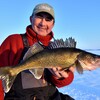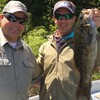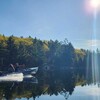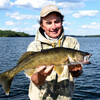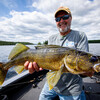
Easy Pickin's for Northern Ontario Panfish
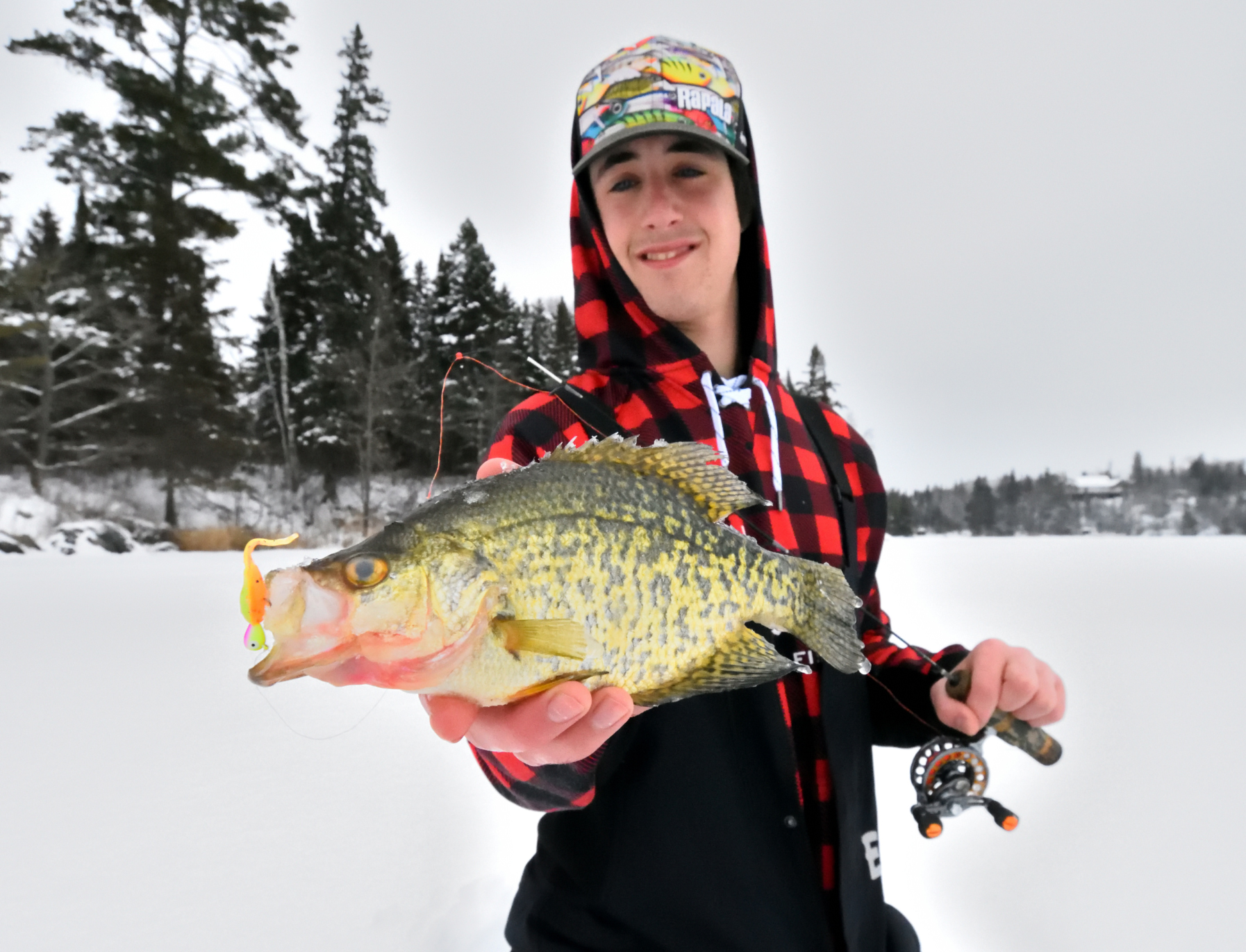
The biggest decision you have to make most days, when you're ice fishing across the vast fish-filled expanse of Northern Ontario, is whether to stay in one spot and sit over a hole, or remain mobile running-drilling-and-gunning around the lake. The choice is made more difficult, however, when you constantly spot fish on your sonar screen but they refuse to bite.
That is the predicament daughter Jenny, grandson Liam, and I found ourselves in last week when we were chasing crappies on a favourite Northwestern Ontario haunt.
We put four gorgeous plate-shaped slabs on the ice within seconds of dropping down our jigs—as a matter of fact, Jenny landed two fish on her first two drops—but then the crappies seemingly got smart, went into a funk, and closed their mouths, even though we could see them brilliantly on our Humminbird 55 and Helix 7 Ice units.
"I've had the same thing happen often," buddy Pete Garnier reflected when I told him about our day on the ice. "I chalk it up to catching the few active fish that are within range of the hole you are fishing."

Garnier is a winter panfishing fiend and we were musing about how most of the time, we find hard water fish in neutral to negative moods. We pick off a couple of active fish quickly, but then things slow down noticeably.
"We all hope to be on the ice during those primary feeding windows," says Garnier, "when the fish are hitting with reckless abandon, but I sometimes spend 16, 18, even 20 or more hours on the ice, so I know in advance that I am going to spend the majority of my time targeting inactive fish with smaller strike zones."
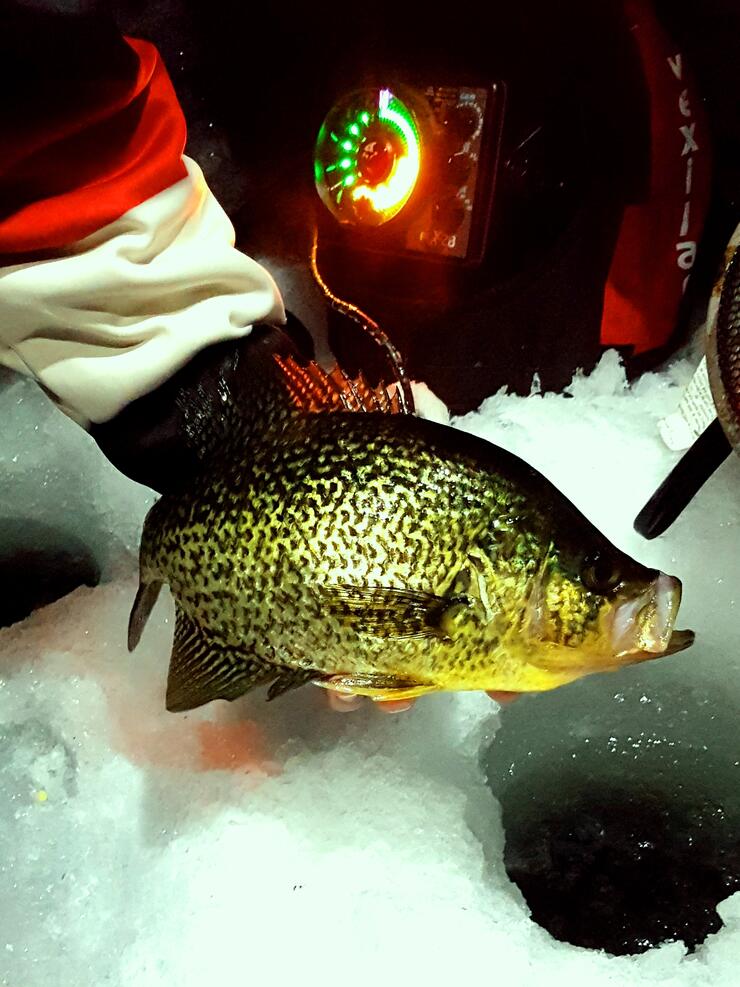
When ice pros like Garnier refer to strike zones, think of a window. When the fish are active, the window is wide open and the walleye, pike, lake trout, crappie, or yellow perch might swim 10, 15, even 20 or more feet, both vertically and horizontally, to hit your lure. But when they are in a neutral or negative mood, the window is barely cracked and they are not willing to move more than a foot or two—if at all.
"That is why panfishing nuts like me drill so many holes," Garnier chuckles. "One-hundred-and-fifty to 200 holes a day is not out of the question for two or three anglers. The key principle to think about is that the smaller the strike zone, the tighter you have to drill your hole pattern. If they are only willing to move three feet, then I drill my holes a mere six feet apart, to ensure that I am exposing my lures to as many fish as possible."
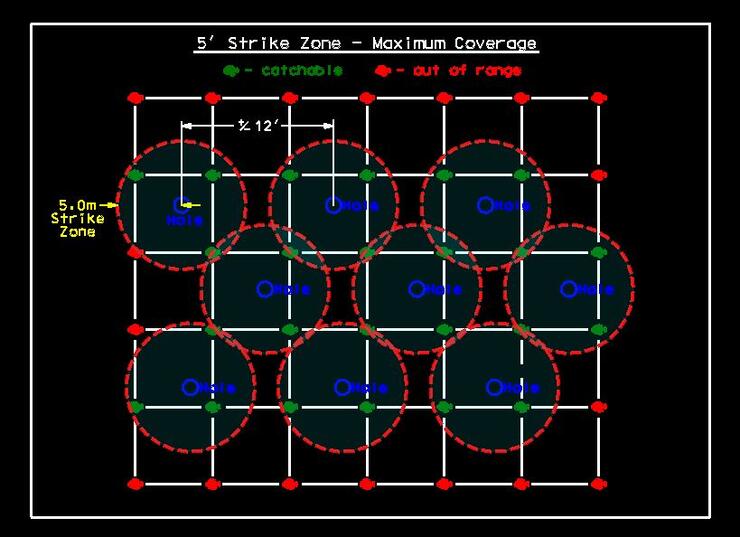
Something else that is important to emphasize is that while feeding windows can be small and the fish depressing to a fault, you can still catch them. "The only hitch," agrees Garnier, "is that they are ultra-sensitive to differences in your presentation.
"Pannies are notorious for their super-stealthy approaches. I find that during these times crappies, in particular, can have a sweet spot three or four feet above their heads where eventually a delicately presented soft plastic lure is all that it takes to get them to bite."
To Garnier's point, I often have first-time ice anglers with me when I am fishing in the winter, and they always drop their lures smack dab on the fish's nose when they see it on the sonar screen.
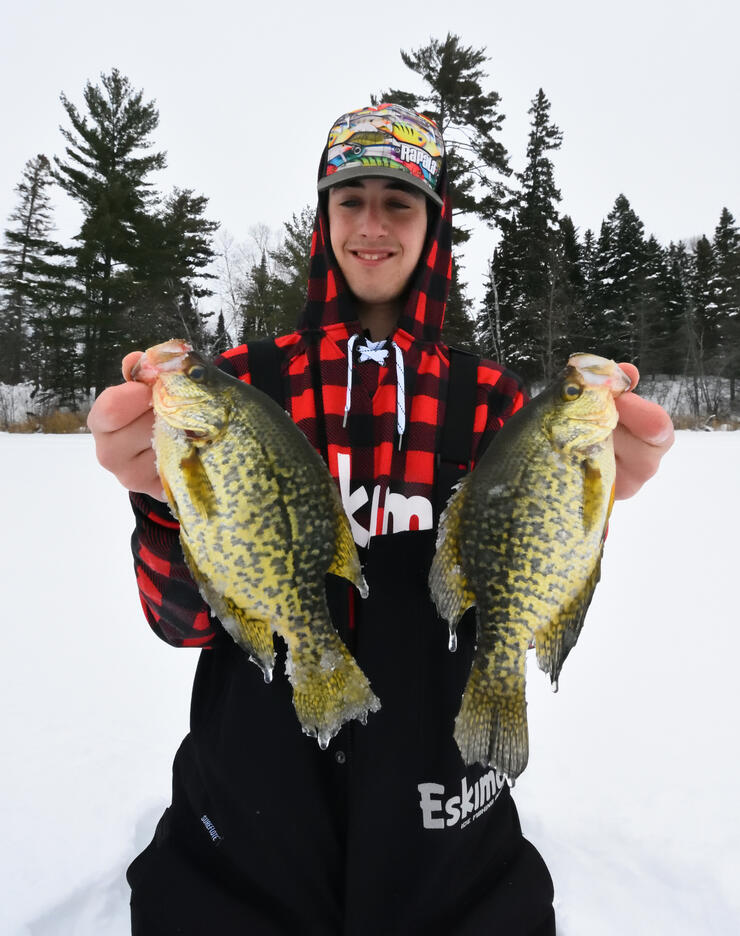
"It takes a bit of discipline to resist dropping your bait on the fish," says Garnier. "But you need to experiment to determine how high above their heads you need to keep your bait to trigger the best response.
"I also adjust my jigging cadence throughout the day. I'll set a second line beside my primary hole and deadstick a thin-tailed Angler's Choice Wiggle Fry on a small horizontal 90-degree jighead. There are times when they want a really subtle shaking motion. Other times, though, they want a sharp hop followed by a pause."
And last, but by no means least, when you find the fish to be neutral or inactive, pay extra special attention to the size, shape, and profile of your offering.
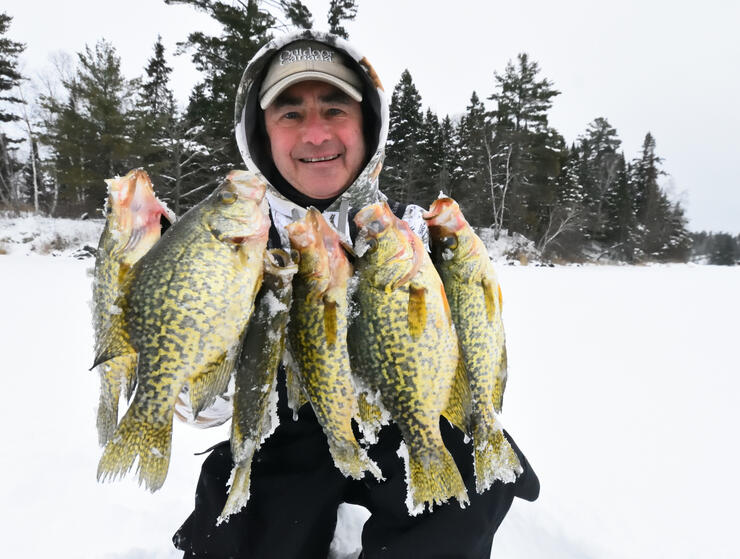
"Think subtle soft plastics, like the Wiggle Fry and Crappie Fry," instructs Garnier, "Day in and day out, I use a small thin-tailed soft plastic rigged on a jighead 95% of the time.
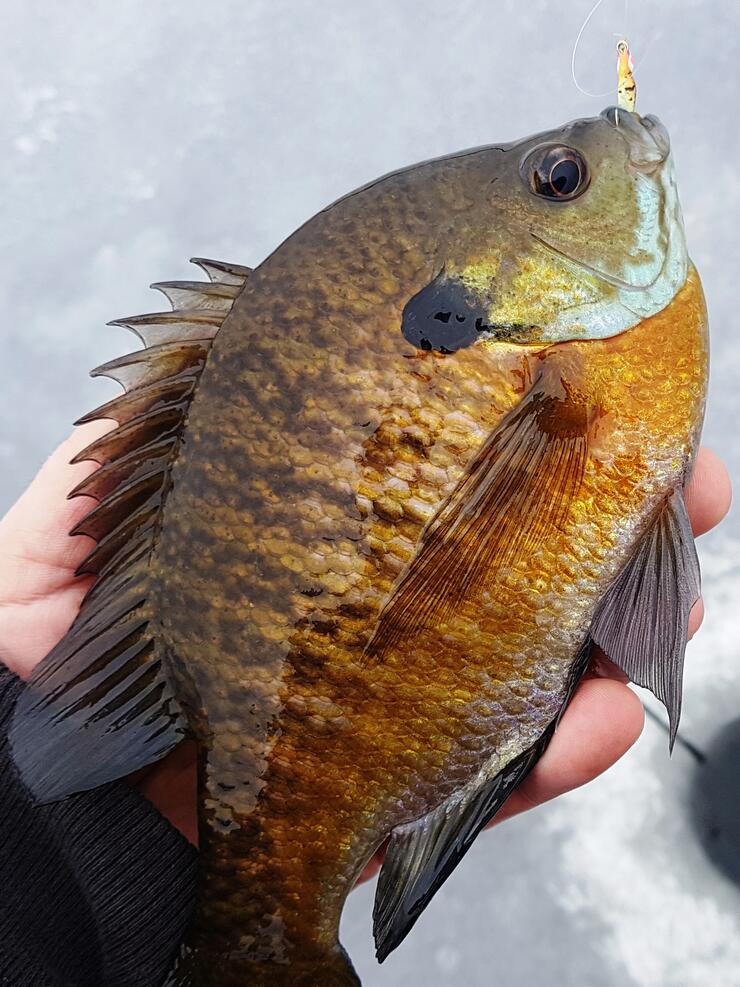
"The colour of your lure is the least important consideration. The Anglers Choice stuff comes in 14 different patterns, and I have caught fish on every single one of them. The key for me is to have a number of different hues so that I can change things up. Invariably once you've caught a number of fish from a school, for whatever reason, they quit hitting that colour. So cycling through different hues will keep the same school of fish biting for an extended period of time."
Recommended Articles
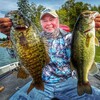
Why Anglers Are Falling for Golden Lake in Ontario’s Ottawa Valley

Top 5 Baits for Smallmouth and Largemouth Bass

10 Facts About Lake of the Woods

Eating Northern Pike

Speckle Splake Spectacular
Ontario Brook Trout

The Perfect Shore Lunch

A Whole Lota Lovin'

Smallmouth Bass Destinations
Top 5 Musky Destinations in Ontario

Casting for Coasters

20 Years With Fish TV!
Don’t Be Afraid Of Muskies

Top Flies for Northern Pike
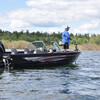
The Best of Both Worlds

Predicting Lake Thickness

’Tis The Season

Cutler Lake Lodge: Your Cozy North Channel Area Fishing Getaway
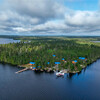
Outpost Walleye in Brook Trout Country

